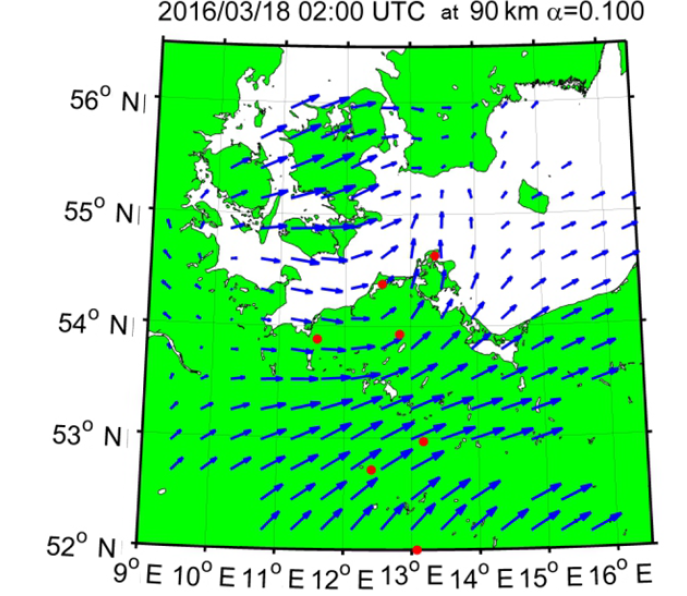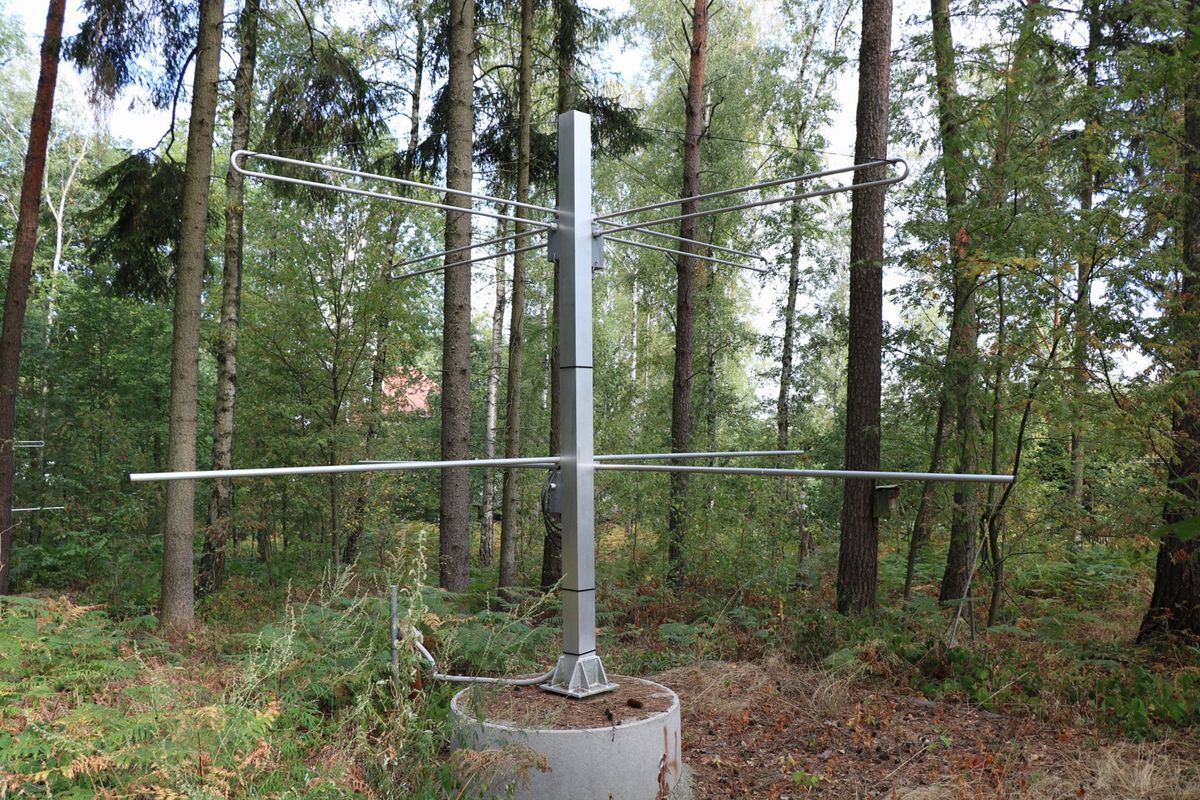The Meteorology of Middle and Upper Atmosphere working group studies the entire middle and upper atmosphere, i.e. stratosphere, mesosphere, and thermosphere/ionosphere. The investigations also include the coupling of these layers with the lower atmosphere, and the connection with meteorological processes, as well as coupling processes between the neutral and ionized atmosphere.
Research profile
The working group Meteorology of Middle and Upper Atmosphere studies the entire middle and upper atmosphere, i.e. stratosphere, mesosphere, and thermosphere/ionosphere. The investigations also include the coupling of these layers with the lower atmosphere, and the connection with meteorological processes, as well as coupling processes between the neutral and ionized atmosphere. To this end we perform radar observations of the upper mesosphere/lower thermosphere at Collm Observatory, analysis of satellite data of the neutral and ionized atmosphere, and numerical simulation of the middle and upper atmosphere using global circulation models.
Focus on research
Arctic Amplification
Global climate change
Dynamics of the thermosphere/ionosphere system
- Meteor radar winds and temperatures
- Wave coupling processes of the middle and upper atmosphere (VACILT)
- Non-zonal Structures of MLT Dynamics at Middle Latitudes (NOSTHEM)
- Solar EUV observations and ionospheric response
- Delayed response of ionospheric TEC to solar variations (DRIVAR)
- Terdiurnal tide in the middle atmosphere
- Quarterdiurnal tide in the middle atmosphere (QuarTA)
Coupling processes of atmospheric layers
- Large-scale dynamical impacts on regional Arctic climate change (SFB/TR 172 / Project D01)
- Local gravity wave forcing on the middle atmosphere: formation, effects, and long-term trends (MATELO-FILE)
- Atmospheric gravity waves - observation and modeling (A-G-W-O-M)
- Middle atmosphere effects of localized gravity wave forcing (MATELO)
- Sporadic E layers and neutral atmosphere dynamics
Instrumentation
VHF-Meteor radar
The Leipzig institute for meteorology performs climatological observations of the middle atmosphere at the Collm Observatory.
Remote sensing measurments by a VHF meteor radar allow:
- the quantification of the horizontal wind and temperature in the moesopause region (80 - 100 km altitude), and
- the observation of meteors and their properties.

